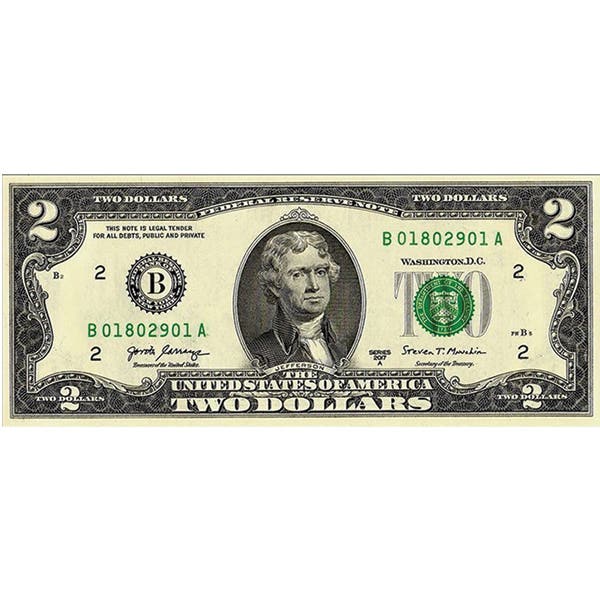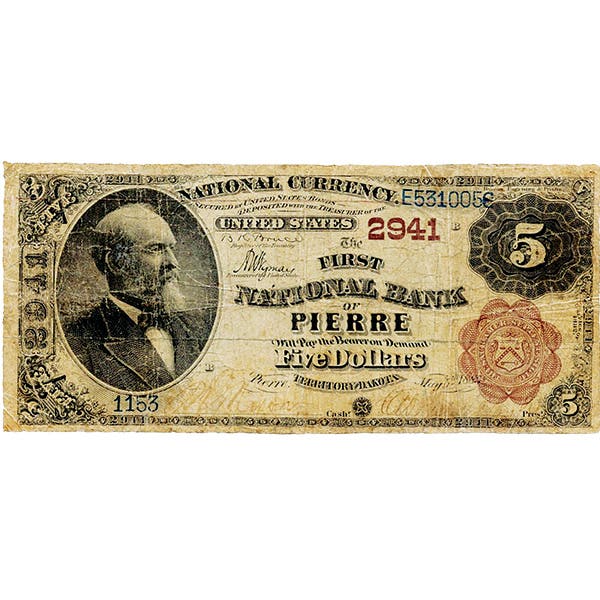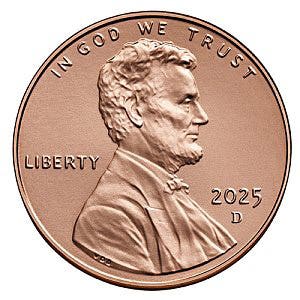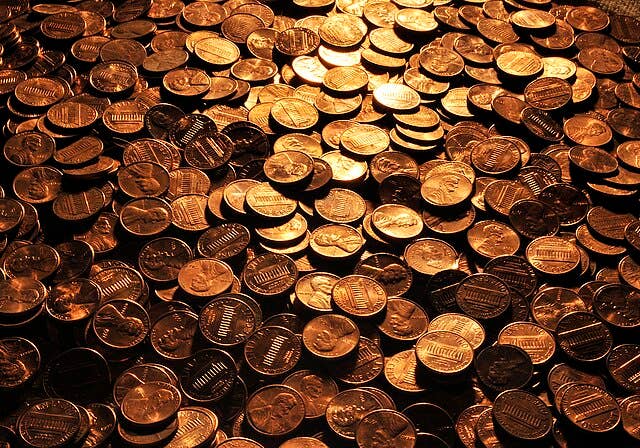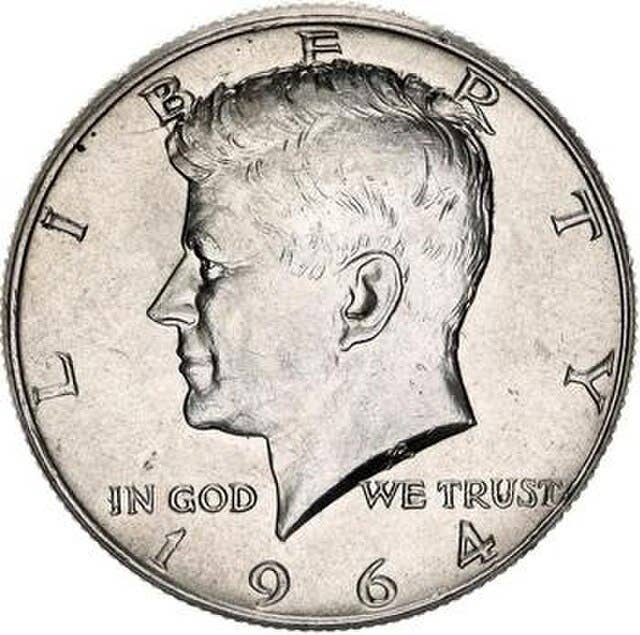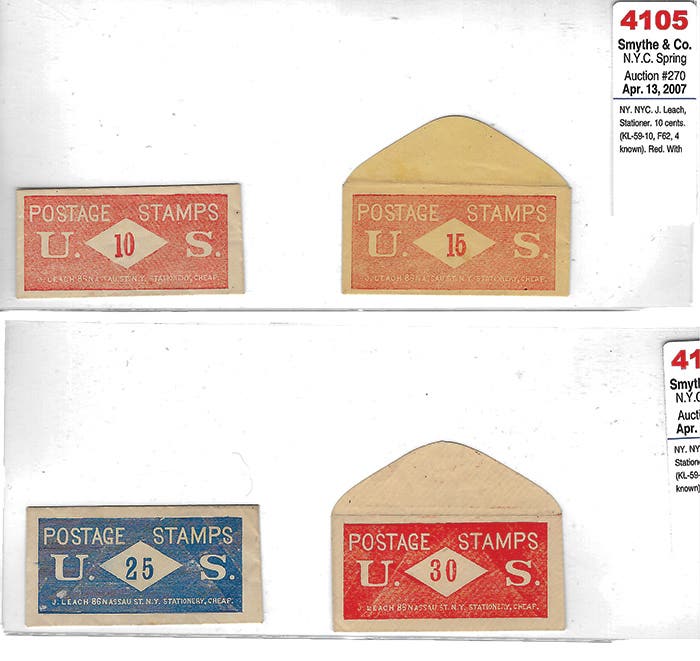Viewpoint: Quality coins stand up to inflation
Recently the nominal U.S. Federal Political Debt (FPD) was about 6,666.66 times what it was in the year 1900 ($14 trillion divided by $2.1 billion). Official U.S. Bureau of Labor Statistics (BLS) inflation statistics from 1913 to 2011 showed the buying power of $100 in 1913 equal to $2,282.46 in 2011. This equates to an average inflation of 3.24 percent per year. Using this same inflation percentage to project back to the year 1900 puts $100 then as having a buying power equal to $3,444.51 now. Thus, similar things today will cost about 34.44 times what they cost in 1900. A dollar today has the purchasing power of less than 3 cents in 1900.
Recently the nominal U.S. Federal Political Debt (FPD) was about 6,666.66 times what it was in the year 1900 ($14 trillion divided by $2.1 billion).
Official U.S. Bureau of Labor Statistics (BLS) inflation statistics from 1913 to 2011 showed the buying power of $100 in 1913 equal to $2,282.46 in 2011. This equates to an average inflation of 3.24 percent per year. Using this same inflation percentage to project back to the year 1900 puts $100 then as having a buying power equal to $3,444.51 now. Thus, similar things today will cost about 34.44 times what they cost in 1900. A dollar today has the purchasing power of less than 3 cents in 1900.
More disturbing, however, is the fact that even after adjusting for inflation, the FPD is about 193.57 times what it was in the year 1900, a real growth rate of 4.85 percent per year. This means that the FPD has doubled every 14.62 years.
All right then, some readers may be asking right about now, “What has this got to do with coin collecting?”
The answer is, actually, quite a lot:
Even after inflation, key date and scarce, popular coins, as well as gold and silver bullion, have been a good store of value over long periods of time.
A recent article told about the pending sale of a certified MS-60 1842-O gold eagle coin that may go for $25,000 that cost $225 in 1960. Unfortunately inflation has averaged 4 percent per year since 1960, again from the official BLS figures, so in 1960 dollars that gold coin is worth about $3,275. So the after inflation return is expected to be about 5.4 percent per year for the last 51 years. Hopefully the owner gets more for the coin, to cover any auction commissions. Presumably there are no income taxes if the coin was part of an exempt inheritance.
However, assuming that the coin had instead been a formerly rare New Orleans silver dollar dated 1903, and is now an MS-65 example, the experience would be disappointing.
Following the U.S. government release of New Orleans dollars in the 1960s, prices collapsed. They have not yet fully recovered after inflation. A certified MS-65 1903-O silver dollar sells for $695 for a tragic real loss of about 60 percent after 51 years of inflation. It could have been bought for $225 back in 1960.
The conclusions then?
Big, windfall profits in both rare and common coins bought 51 years ago are sadly illusory, about 87 percent of the apparent value just isn’t there due to inflation.
Cherry picking for quality is often more important, and rewarding, than mere rarity. Junk condition coins often remain junk in value.
Rarity, however, is a relative term. New discoveries, or collector disfavor, can destroy perceived or actual rarity, which holds back prices.
Diversification between different coins usually reduces both potential rewards and risks. Some series are mostly tragic under-performers. For example, most low mintage U.S. commemoratives from the 1930s and 1940s have lower populations than the 1909-S VDB cent, but lack popularity and market to drive prices.
If you are buying for price appreciation, don’t get trampled or left behind by the herd.
Unfortunately, movement is often hard to predict. If nobody is buying, there may be sound reasons. For example, what have the scarce 1950-D 5-cent pieces done for the last 50 years in terms of price? Certified U.S. investor coins mostly performed dismally from about 1990 through 1997. A lot of prices took big drops.
All losses are real, including inflation losses. Nice, common date, uncirculated Saint-Gaudens $20 gold coins sold for about $50 each in the 1960s. I didn’t have enough money to buy even one back then, but still, after accounting for inflation, even at $1,800 for each, their appreciation has averaged merely 3.1 percent per year. Gold bullion coins bought in 1980 at the average December low of about $595 per ounce must be sold at $1,632 to break even, with no taxes and commissions. Add in an estimate of 25 percent combined state and federal taxes, gold will need to reach $2,175 to break even with the December 1980 average price. Gold had huge, double digit annual price increases in the 1970s, exceeding sustainable valuations by 1980. Buying gold and silver in 1980 was chasing the crowd, and getting trampled as they headed for the exits. This price expansion led to a 20-year collapse in the gold price until 2001. Silver prices also suffered a beating. Could the same thing happen again? Make your own guess.
Perhaps there is more merit in buying older, scarce, rare popular coins such as those with key and semi-key dates. Prices tend to be more stable when the key coins are in the hands of a larger collector base.
At least from a non-investment viewpoint, we should collect for personal interests and reasons. Some people like to collect by topic, country or date of issue. Some people collect for important birth years of family members, ancestors or relatives. Some people prefer to collect coins with intriguing or romantic connections with history like exploration, invention or great discoveries.
I suggest that beginners might find it interesting to try to obtain one coin from all of the countries of the world. There are many interesting looking foreign coins priced under a dollar each. At least consider looking at their designs for some surprises. They often look very different from U.S. coins. The collection could comprise of a set from all countries that currently exist.
One difficult but interesting challenge would be to try to find coins that lack any portrait of a person on both sides.
For a bigger challenge one could try collecting an example from historical countries that no longer exist, working one’s way back a century at a time. One of my peculiar interests is in Canadian pre-1900 historical tokens, mostly copper, nickel and even aluminum. Many of these are still available for under $10 each including the pretty bouquet sous. There are several books telling about the fascinating circumstances of the manufacture and use of these tokens.
This Viewpoint was written Gerald Perman, a hobbyist from California. Viewpoint is a forum for the expression of opinion on a variety of numismatic subjects. The opinions expressed here are not necessarily those of Numismatic News. To have your opinion considered for Viewpoint, write to David C. Harper, Editor, Numismatic News, 700 E. State St., Iola, WI 54990. Send email to david.harper@fwmedia.com.
Version:1.0 StartHTML:0000000105 EndHTML:0000004242 StartFragment:0000002532 EndFragment:0000004206
More Coin Collecting Resources:
• Subscribe to our Coin Price Guide, buy Coin Books & Coin Folders and join the NumisMaster VIP Program




